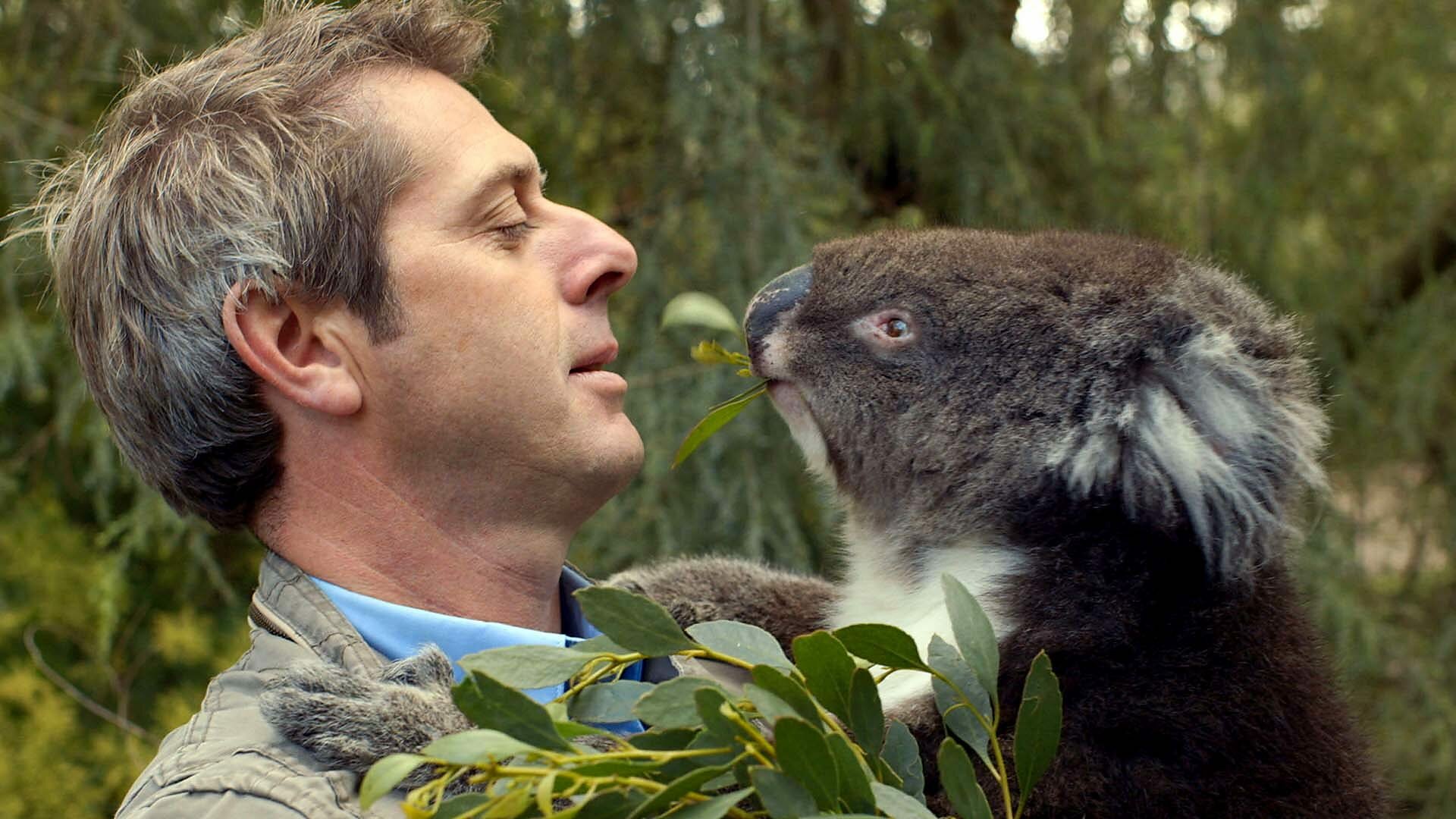Rise of the Continents (Kontinensek születése) 1x2

Vetítés: 2013.06.16 22:00, vasárnap
Professor Iain Stewart uncovers the mysterious history of Australia, and shows how Australia's journey as a continent has affected everything from Aboriginal history to modern-day mining, and even the evolution of Australia's bizarre wildlife, like the koala.
Iain begins his search into Australia's past on a wet winter's night, searching for the elusive platypus - a strange creature that is half mammal and half reptile. 200 million years ago reptile-like mammals were found across much of the world because at this time Australia was just one part of a huge landmass called Gondwana, that dominated the southern hemisphere.
Piecing together evidence from fossils found in a sea cliff outside Sydney and rocks recovered from Captain Scott's ill-fated expedition to the South Pole, Professor Stewart shows that Gondwana was covered by a vast forest of now extinct trees called glossopteris. This was the habitat of the ancestors of today's platypus.
To discover the fate of Gondwana, Iain visits an unusual mining town called Coober Pedy where many of the buildings are underground in dug-out caves. The opals that are mined here enable him to recreate the breakup of Gondwana, and also show how Australia's formation led to the creation of a vast underground aquifer. This source of hidden water sustained the Aboriginal people as they criss-crossed the otherwise arid Australian interior.
Iain travels to the stunning cliffs of the Australian Bight to show how Australia was once joined to Antarctica, and how their split led to the evolution of the biggest group of mammals on Earth - the filter feeding whales.
Australia's journey away from Antarctica has also left its mark on one of its most iconic animals - the koala. Its big, round face and fluffy ears are a result of adaptations to the climate change that Australia has undergone on its northwards journey.
For the final chapter of Australia's story, Iain travels to Indonesia to meet the Bajau people of the Banda Sea - sea gypsies who glean almost all they need to live from the rich colourful waters around them. Contained within these waters is evidence that shows Australia's eventual fate. Over the next 50 million years, Australia will collide with Asia, its isolation will be over, and it will become forested and lush once again.
